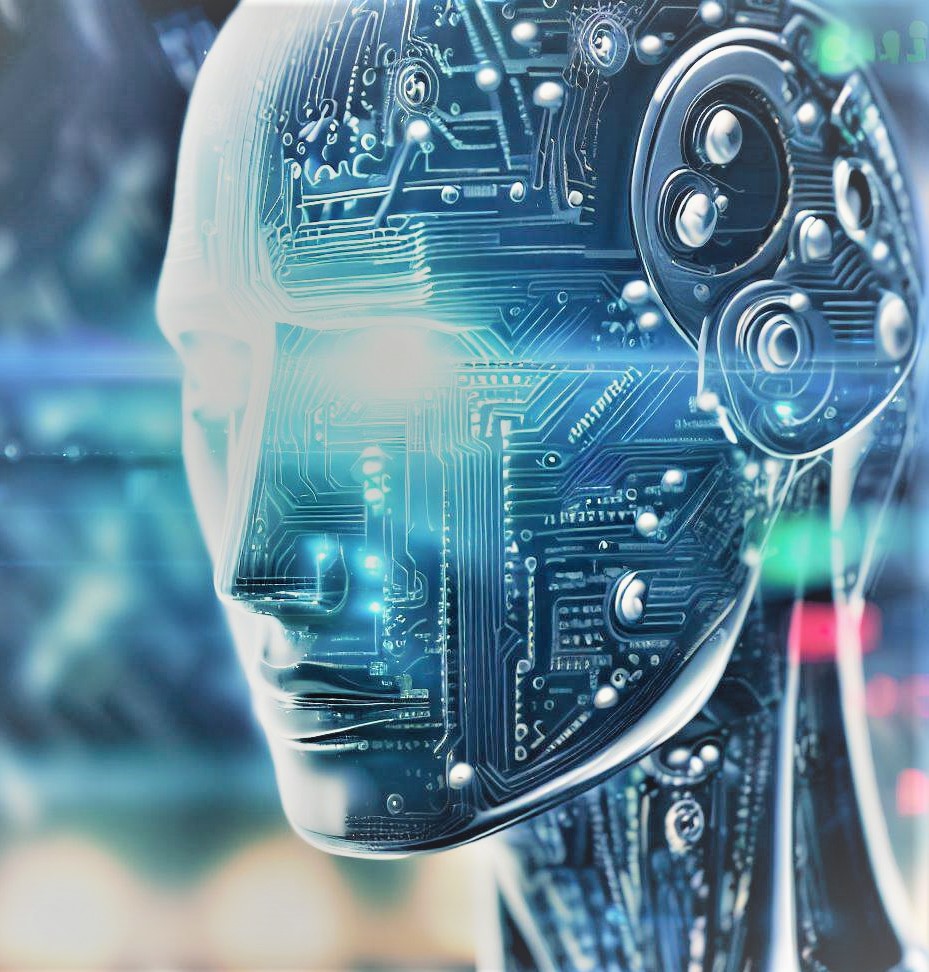Artificial Intelligence AI
AI stands for Artificial Intelligence. It refers to the ability of machines and computer systems to perform tasks that would typically require human intelligence, such as visual perception, speech recognition, decision-making, and language translation. AI is based on the idea that a machine can be made to think and learn like a human, and can be trained to perform tasks by being provided with large amounts of data and computational power. There are many different forms of AI, including machine learning, deep learning, and natural language processing. The goal of AI research is to create systems that can perform tasks that normally require human intelligence, in a more efficient and effective way.
Artificial Intelligence Features:
AI systems can exhibit a wide range of features, depending on their design and the tasks they are designed to perform. Some common features of AI systems include:Machine learning: the ability of AI systems to learn from data and improve their performance over time without being explicitly programmed.
- Natural language processing (NLP): the ability of AI systems to understand, interpret, and generate human language.
- Computer vision: the ability of AI systems to understand and interpret visual information from the world, such as images and videos.
- Decision-making: the ability of AI systems to make decisions based on data and information.
- Prediction: the ability of AI systems to make predictions about future events based on historical data.
- Personalization: the ability of AI systems to personalize their behavior and interactions with individual users.
- Robotics: the use of AI to control and coordinate physical robots and other physical systems.
- Chatbots: AI systems that are designed to mimic human conversation and provide information or perform tasks through messaging.
- Recommender systems: AI systems that make recommendations to users based on their preferences and behavior.
These are just a few examples of the many different features that AI systems can exhibit. The specific features of an AI system depend on its design and the tasks it is intended to perform.
How Artificial Intelligence helping Humans in real time:
AI has the potential to automate many tasks that were previously performed by humans, reducing the effort required to perform them. Some examples of tasks that can be reduced or eliminated by using AI include:
- Data entry and processing: AI systems can be trained to automatically process and organize large amounts of data, reducing the need for manual data entry and processing.
- Repetitive tasks: AI systems can perform repetitive tasks, such as filling out forms, faster and with fewer errors than humans.
- Customer service: AI chatbots can handle routine customer service inquiries, freeing up human agents to handle more complex issues.
- Risk assessment: AI systems can analyze large amounts of data to identify potential risks, freeing up human risk assessors to focus on higher-level decision-making.
- Fraud detection: AI systems can analyze financial transactions to detect fraud and other suspicious activity, reducing the need for manual fraud detection efforts.
- Translation: AI systems can perform real-time translation, reducing the need for human translators in many scenarios.
- Driving: Self-driving cars powered by AI can potentially reduce the need for human drivers.
These are just a few examples of the many tasks that AI systems can automate, reducing the effort required from humans. However, it’s important to note that while AI can automate many tasks, it also has the potential to create new job opportunities, especially in fields such as data science, AI development, and engineering.








